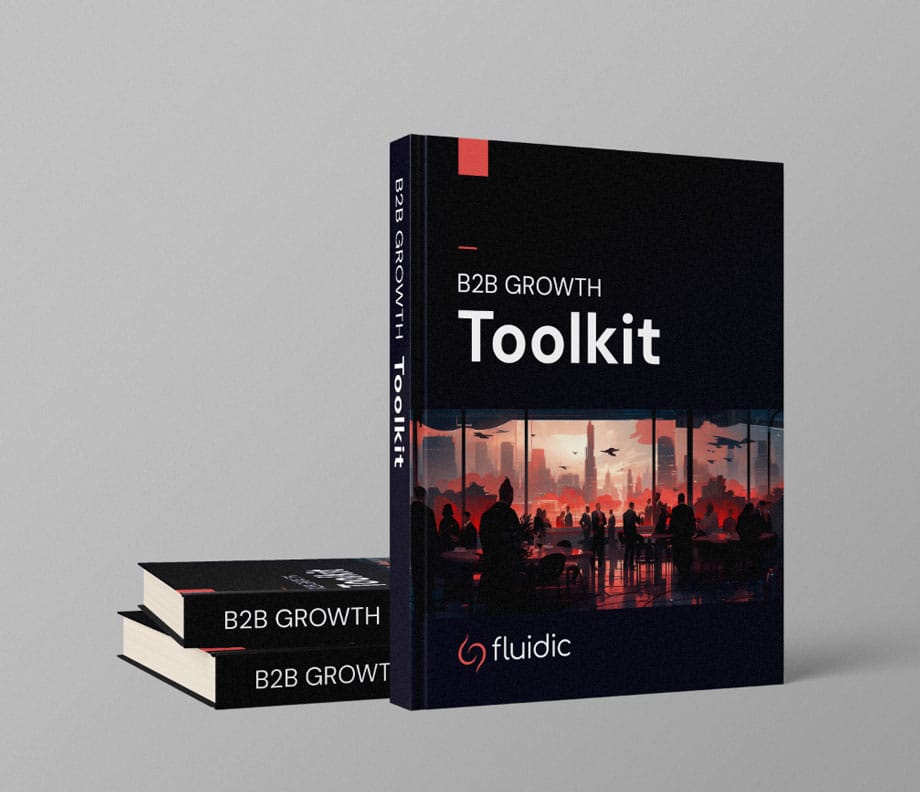Objectives & Key Results
Objectives and Key Results (OKRs) is a goal-setting framework that combines a high-level Objective with a set of measurable Key Results. In practice, you set an ambitious objective (the outcome you want), and then 2–5 key results which are the specific metrics or milestones that indicate achievement of that objective. OKRs are typically used to align teams and ensure everyone is working toward measurable outcomes that matter.
🎯 Objective (O)
A qualitative goal or outcome you want to achieve. It should be concise and meaningful. Think of it as what you want to accomplish and why it matters.
For example, an objective might be “Boost lead generation quality to drive more sales” or “Improve brand authority in our industry”.
Objectives should inspire and guide your team, but on their own they are not measured (they’re usually not quantified).
✅ Key Result (KR)
Between 2–5 specific, numeric targets that, if achieved, mean you have accomplished the Objective. Key Results are empirical, data-based metrics you can use to determine if the objective has been met. For the objective “Boost lead generation quality to drive more sales,” key results could be:
- Gain 20% more qualified leads.
- Increase landing page conversion rate by 15%.
- Reduce cost per lead by 10%.
Thus, if all key results are met (or even mostly met), the objective is considered achieved.
OKRs in practice
OKRs are typically set quarterly or annually. They create alignment by linking company-level objectives to team and individual goals. For example, a company Objective might be “Increase annual revenue by 25%.” Key results for the company could include “Generate $X in new pipeline from marketing” and “Improve sales close rate from 20% to 25%.” That marketing-related key result can become the marketing team’s Objective, for which they then set their own key results (e.g., specific lead generation and nurture targets). This cascading ensures everyone’s work contributes to the top goals.
OKRs are meant to stretch the organisation. Set aggressive targets, but still ensure they have the SMART qualities (clear, measurable, time-bound) for accountability. For instance, if your objective is ambitious (“Double the free trial sign-ups”), your key results should pin down what “double” means (e.g., “Increase monthly trial sign-ups from 100 to 200 by Q4” and “Improve trial-to-customer conversion rate from 10% to 15% by year-end”).
Example B2B Marketing OKRs
| Objective | Key Result |
|---|---|
| Improve Marketing’s Contribution to Sales Pipeline. |
|
| Boost lead generation. | Gain 20% more qualified leads per month, optimise landing pages to increase conversion rates by 15%, and increase lead quality (e.g., lead score) by 10%. |
In each case, the objective sets the direction, and the key results deliver the measurable checkpoints to track success. At the end of the period, you grade the key results (e.g., achieved 18% out of 20% target), which tells you how close you came to reaching the objective.
